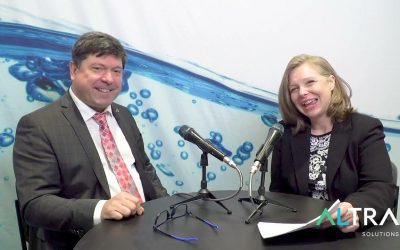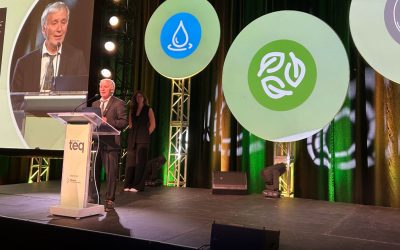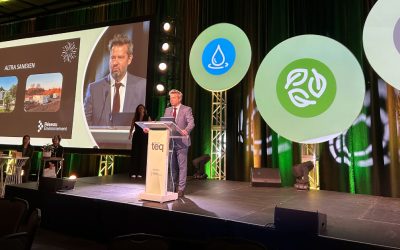



It is all about resiliency




It is all about resiliency



Senior Director, Environment, SANEXEN




It is all about resiliency



Senior Director, Environment, SANEXEN
TOP 8 BENEFITS
01
05
02
06
03
07
04
08
TOP 8 BENEFITS
01
02
03
04
05
06
07
08
OUR APPROACH
Stage 1 – Determine Previous Land Use
Research and identify previous land usage to understand soils condition and other environmental parameters and determine the appropriate revegetation strategy.
Stage 2 – Conduct Soil Analysis
Determine the soil properties (acidity, nutrient level, etc.) by collecting soil samples on site and conducting comprehensive laboratory soil analysis.
Stage 3 – Surface Preparation
Depending on the site condition, various methods are used to prepare the site, including clearing the land, removing debris and mounds, level the soil, etc.
Stage 4 – Species Selection
Select appropriate plant species based on revegetation purposes, natural habitat, and native and local plants.
Stage 5 – Customized Solution
Each site is different and requires a specific degree of customization. Thanks to its wide array of expertise and complementary services. SANEXEN ensures all requirements are satisfied in the most cost-effective manner.
OUR APPROACH
Stage 1 – Determine Previous Land Use
Research and identify previous land usage to understand soils condition and other environmental parameters and determine the appropriate revegetation strategy.
Stage 2 – Conduct Soil Analysis
Determine the soil properties (acidity, nutrient level, etc.) by collecting soil samples on site and conducting comprehensive laboratory soil analysis.
Stage 3 – Surface Preparation
Depending on the site condition, various methods are used to prepare the site, including clearing the land, removing debris and mounds, level the soil, etc.
Stage 4 – Species Selection
Select appropriate plant species based on revegetation purposes, natural habitat, and native and local plants.
Stage 5 – Customized Solution
Each site is different and requires a specific degree of customization. Thanks to its wide array of expertise and complementary services. SANEXEN ensures all requirements are satisfied in the most cost-effective manner.
Simon Meunier
Senior Director, Environment
OUR
EXPERTS
Anne-Marie Gagnon
Assistant Senior Director, Environment
Eric Sauvageau
Executive Vice-President
Thomas Drouin
Project Manager
Agnes Renoux
Director, Risk Assesment
OUR LATEST WEBINARS
SEE MORE
ALTRA PFAS Treatment Solutions
https://www.youtube.com/watch?v=54Gd2WfO86A&t=8s Have you fully understood the impacts of PFAS? Traditional approaches for removing environmental #contaminants have limited effectiveness when it comes to PFAS. With the introduction of stringent regulations, it is...
Watch Martin Bureau during the 2024 Virtual Water Expo
https://www.youtube.com/watch?v=aay4-M9zt8I
Are People Underestimating The Real Cost Of PFAS?
Martin Bureau discusses the agreement with Waste Connections, the first of its kind in North America, which has set a standard for the industry. Hear from Martin about the real cost of PFAS, and a safe solution from www.ALTRAGroup.com...
READ THE LATEST NEWS
SEE MORE
LOGISTEC Named One of Canada’s Best Managed Companies
The company joins the prestigious list of Canada’s Best Managed Companies for a second year. Montréal, Québec, May 14, 2024 – LOGISTEC Corporation (“LOGISTEC”), a leading marine and environmental services provider, has received the 2024 Canada's Best...
Jean Paquin receives the Member of the Year Distinction Award from Réseau Environnement
MONTRÉAL, Québec, April 17, 2024 – Jean Paquin, Technical Advisor and former Vice-President, Technology at ALTRA | SANEXEN was awarded today the Member of the Year Distinction Award by Réseau Environnement. This prestigious award is presented to a professional...
ALTRA | SANEXEN wins the Water Sector Distinction Award from Réseau Environnement
MONTRÉAL, Québec, April 17, 2024 – ALTRA | SANEXEN won today the Water Sector Distinction Award from Réseau Environnement. This award is presented to an organization working in the field of drinking water or wastewater, and who has made an outstanding contribution in...







